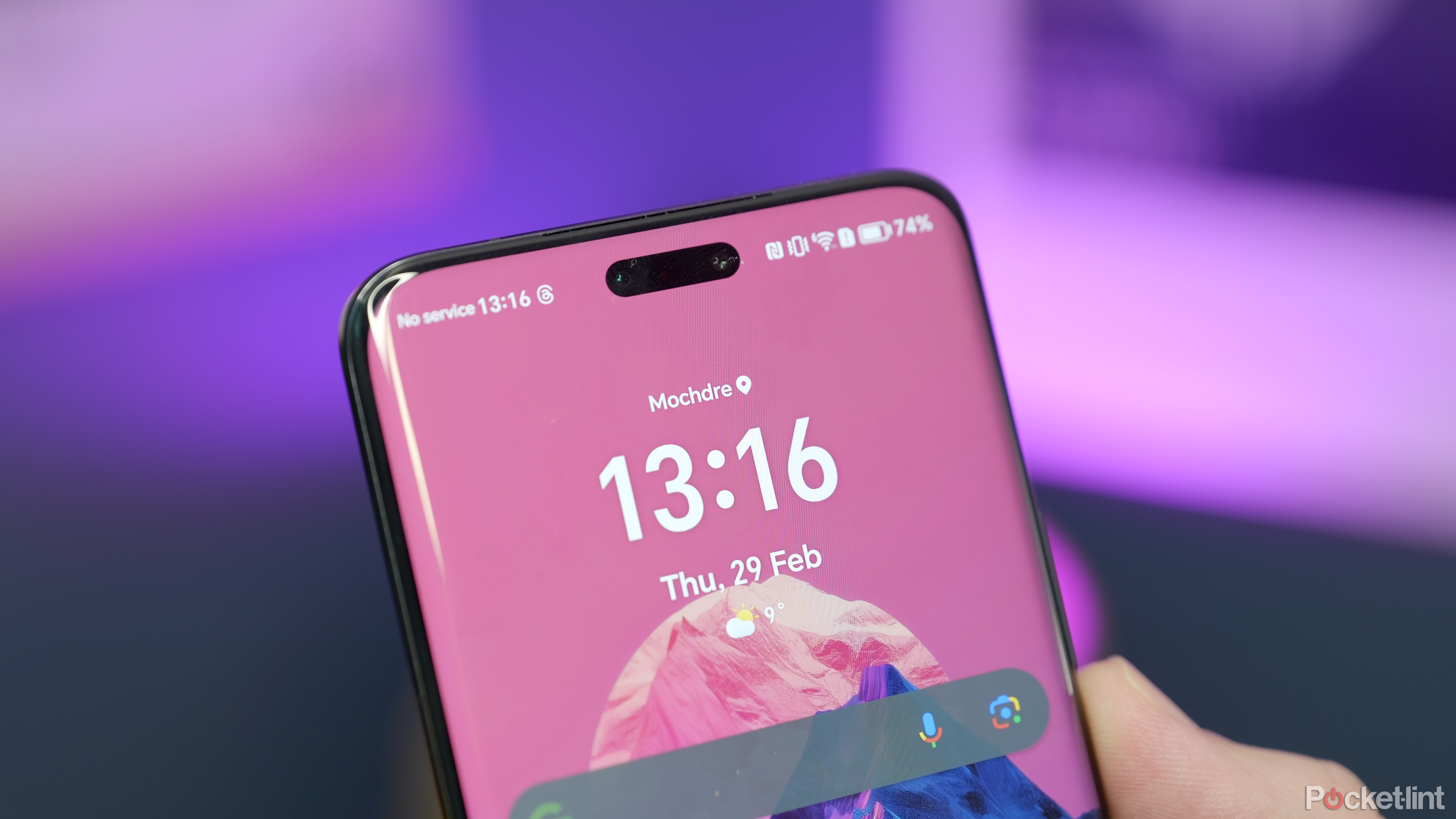In the smartphone world, it’s easy to go for the obvious top dog. Usually made by Apple or Samsung, but what if there’s an alternative from a brand you’re not as familiar with? That’s what the Honor Magic 6 Pro is. It’s a proper flagship phone in so many ways, but it costs less than the big-names.
Honor Magic 6 Pro
- Unique stand-out design
- Strong durability and water-proofing
- Really bright and vibrant display
- Long battery life and fast charging
- Cameras have a habit of over-smoothing textures
- Some software features clearly inspired by iOS 17
- No fast-charger in the box
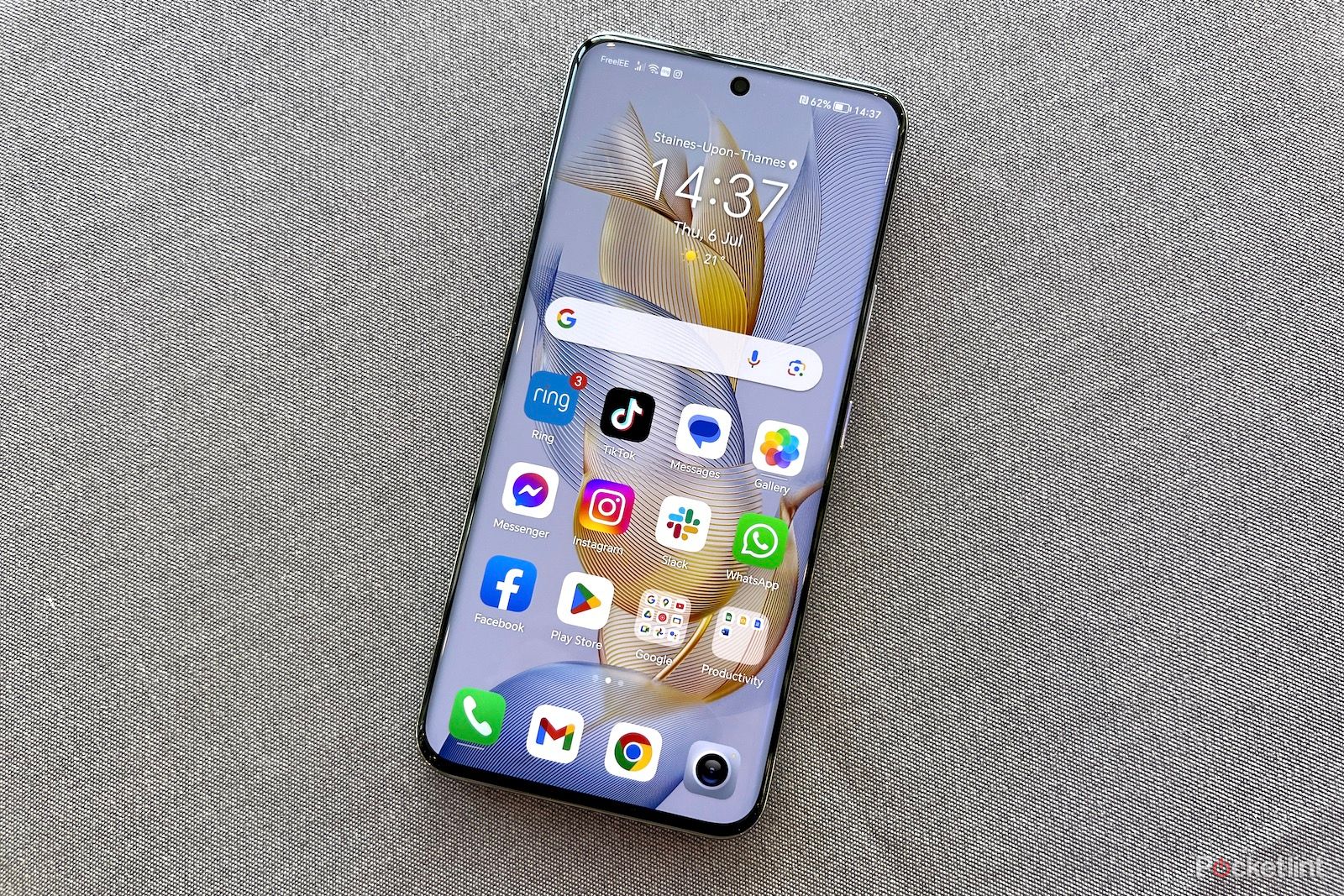
Honor 90 review: A good mid-range smartphone at a brilliant price
Honor’s latest midrange phone offers a lot to like, but its affordability does show in some areas.
Price, specs and availability
The Honor Magic 6 Pro launched on March 1, 2024, and will be widely available in Europe. It’s £1,099 in the UK, with 12GB of memory and 512GB of storage. It’s not expected to launch in the US.
Honor Magic 6 Pro
- Brand
- Honor
- SoC
- Snapdragon 8 Gen 3
- Display
- 6.8 inches, FHD+ 1,280 x 2,800, OLED
- RAM
- 12GB
- Storage
- 512GB
- Battery
- 5,600mAh
- Ports
- USB-C
- Operating System
- MagicOS 8.0, Android 14
- Front camera
- 50MP
- Connectivity
- 802.11ax, Bluetooth 5.3, 5G
- Dimensions
- 162.5 x 75.8 x 8.9mm, 229g
- Colors
- Epi Green, Black
- Charge speed
- 100W
- IP Rating
- IP68
- Price
- £1,099
- Main Camera
- 50MP
- Wide-Angle Camera
- 50MP
- Telephoto
- 180MP, 100x digital zoom
A nice design
Makes it a comfortable phone, despite its size
Looking at the Magic 6 Pro there’s this contradiction in that it’s very individual and unique on the back, but reminds me of Huawei’s hardware design on the front. Looking at it head-on, I could be looking at a Mate series or P-series phone from Huawei. That slim, pill-shaped cutout for the cameras and facial recognition hardware at the top of the display and those curves around the edges and corners are very reminiscent of Huawei’s design language.
In an era of phones all looking very samey from the front, it’s nice to have something a little different, and those curves make it comfortable to hold and swipe on.
That’s no bad thing though. In an era of phones all looking very samey from the front, it’s nice to have something a little different, and those curves make it comfortable to hold and swipe on. Even the gentle curves at the bottom of the screen are a useful addition because it makes swiping upwards on the display more fluid and convenient somehow. My thumb just glides effortlessly when swiping to go home or launch the recent apps view.
In fact — despite being quite a big phone — the one-handed comfort is better than you might assume it would be from a phone that’s about the same size as the Galaxy S24 Ultra and iPhone 15 Pro Max. Granted, it’s not nimble or compact, but its curves aid its comfort.
From the back, it looks like an evolution of the previous generation Honor flagship, which is exactly what it is. The camera bump is eye-catching to say the least, featuring shiny, angled, polished chamfers — designed to mimic jewelry.
As different and unusual as it is, there’s a pleasing sense of symmetry about it, and actually, I quite like having the cameras placed centrally. And not just because of that symmetrical look. You place it down on its back, and it won’t rock — for starters. And second — it gives me somewhere obvious to rest against my fingers when shooting photos and video, without them getting in the way, or having to think about avoiding covering the lenses.
I’m not a big fan of the fake leather green finishes, but this frosted, dark grey or black model I tested is really attractive. It’s not just about looks, of course. It’s built to last too, with a glass covering over the display which Honor claims has been stress-tested against drops onto many different surfaces, and is super resilient and impact-resistant.
I haven’t been brave enough to test those claims, but I have no scratches or marks yet, not even tiny ones. It’s also IP68 water and dust-resistant — so whatever you throw at it, it should be just fine — providing you don’t go over the top and throw it in a cement mixer.
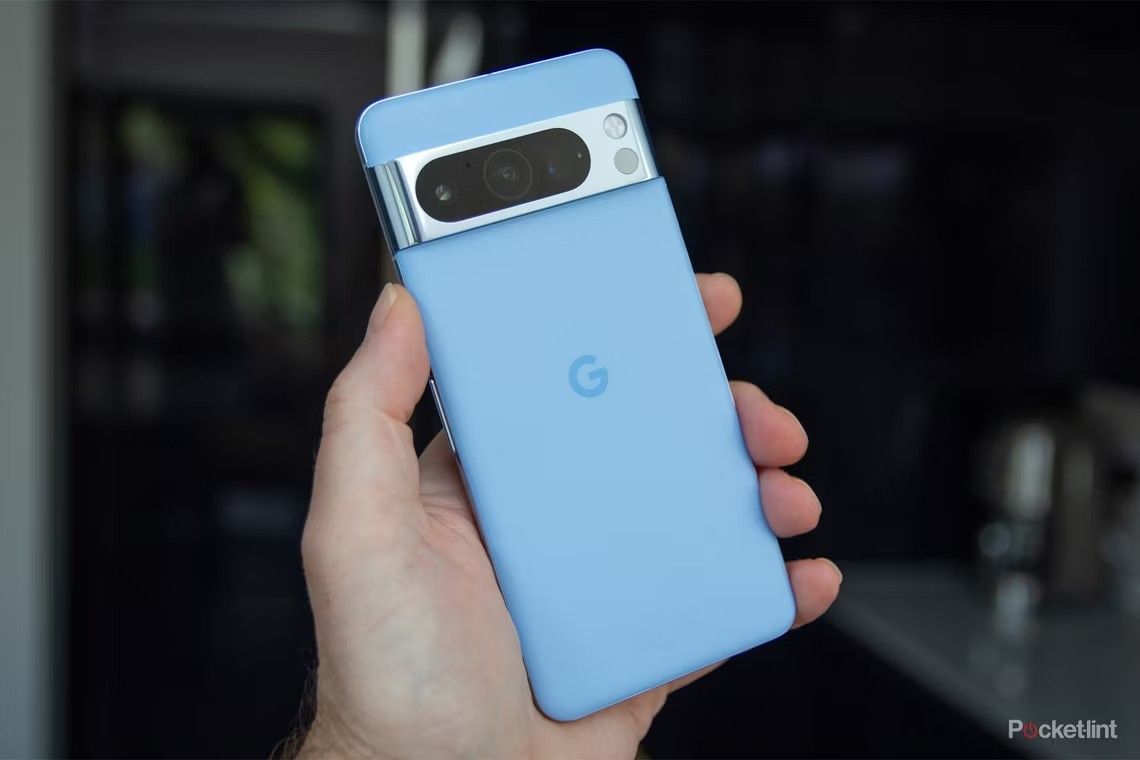
Best Android phone: Expert tested and reviewed
From the newest Google Pixel 8 Pro to the Galaxy Z Flip 5, the best Android phones offer great cameras, displays, and unique form factors.
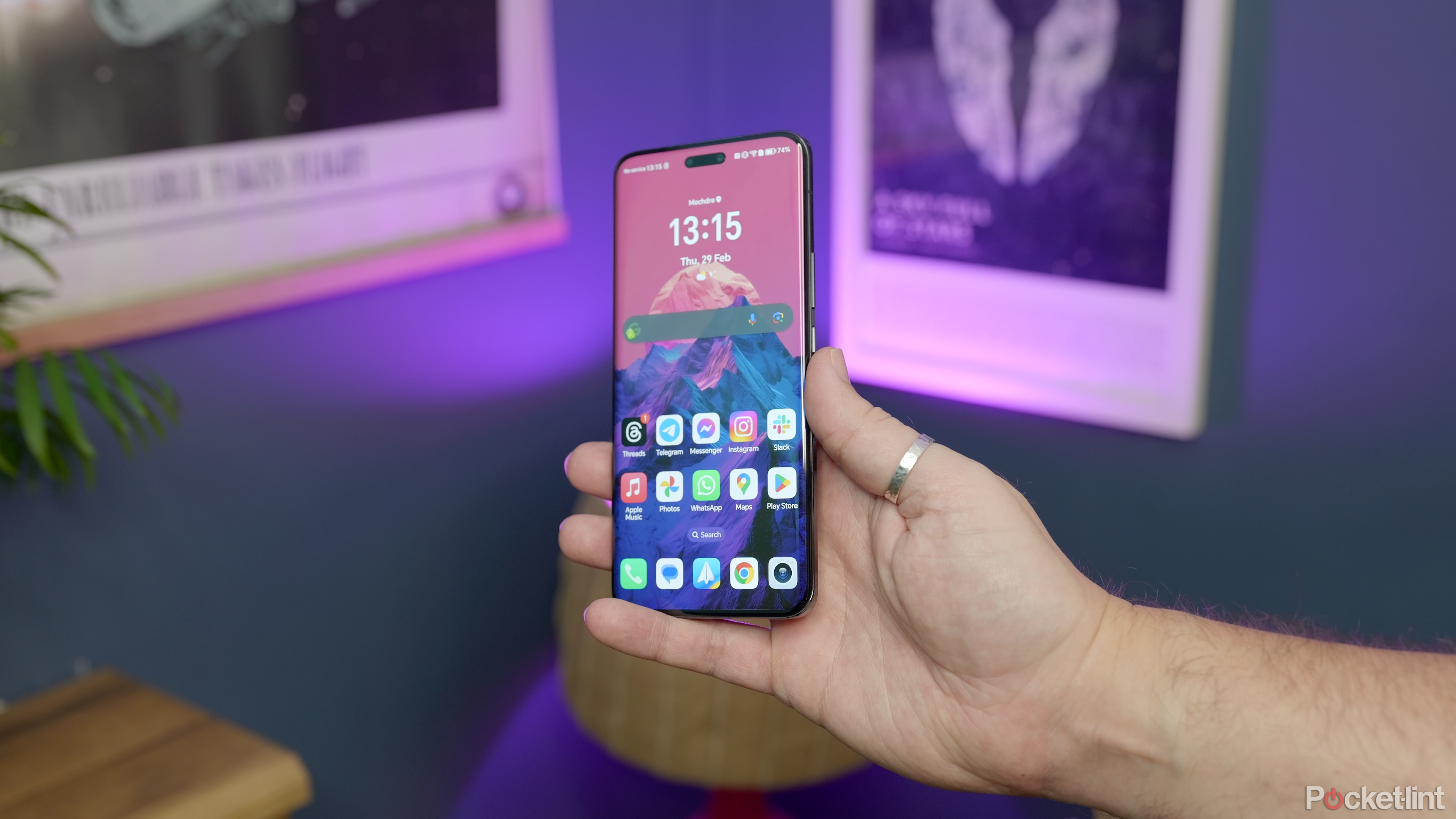 The software experience
The software experience
iPhone users should feel right at home
It’s clear then — that when it comes to physical looks — the Magic 6 Pro is pretty unique. But, if you dive into the software, you start to see some pretty clear areas where it’s been inspired by others. I’m thinking mostly of iOS 17 on the iPhone here.
The Lock Screen customization feature is pretty similar to the Lock Screen customization on iPhone, as is the standby mode that kicks in when you place the phone horizontally on a stand. You get a clock widget, or photo gallery view, just like you do on iOS 17. It’s not identical, but it’s very, very similar.
Otherwise, it’s pretty much what you’d expect from Honor. The interface is clean, you get useful features like enlarged folders on your Home Screen. There are also a few AI-powered features, because it’s 2024 and everything needs AI in it now. One of those is a feature in the photo gallery that can create a video highlight reel for you.
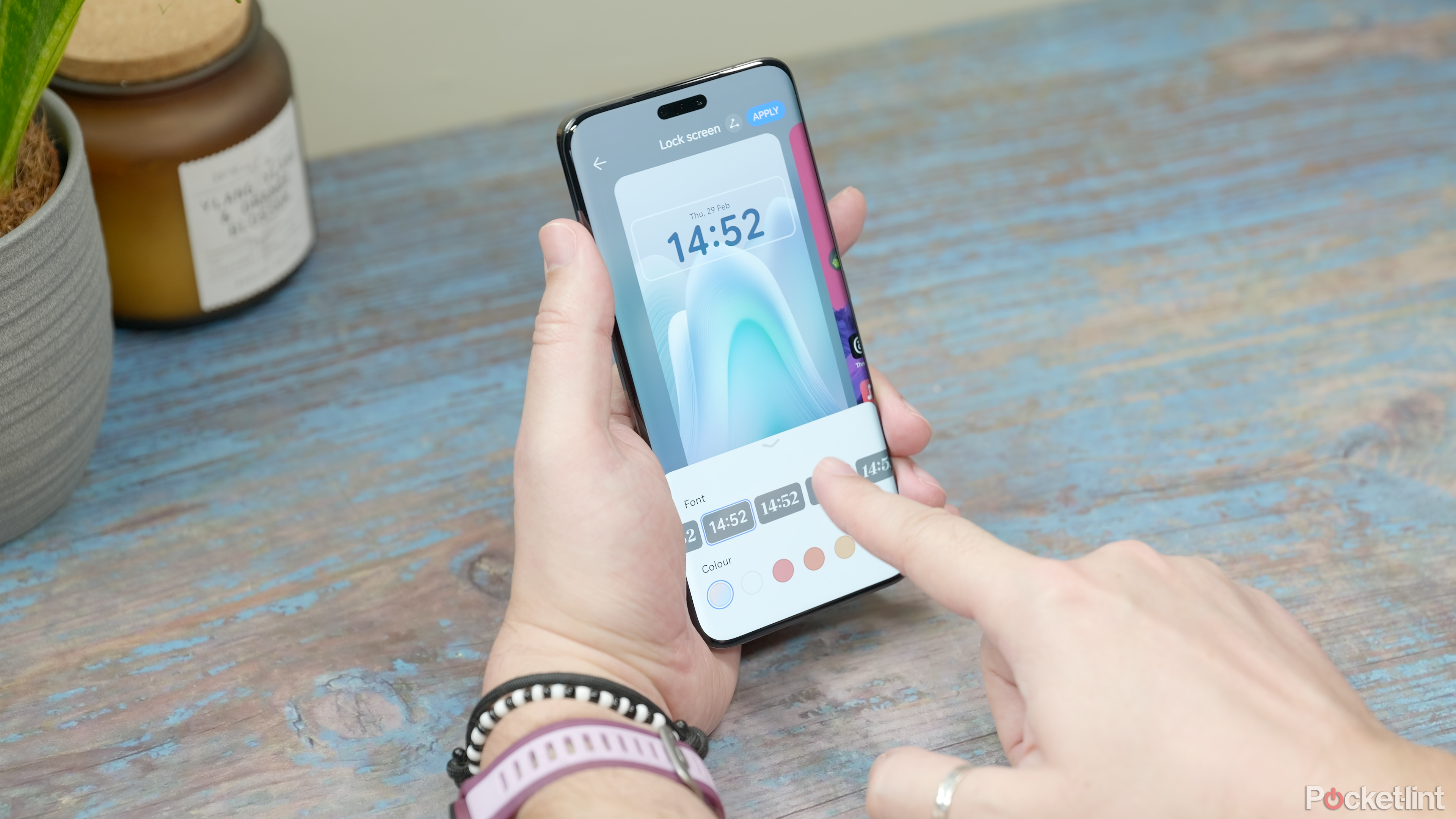 A very bright display
A very bright display
You might need sunglasses, but not for the sun
Honor’s latest flagship phone display is bright, I mean — really bright. With HDR peaks that can hit as high as 5,000 nits, it’s among the brightest screens ever put on a phone. Those peaks are generally only hit in HDR content when you see little bright spots in the scene, but it still means that — generally — with the phone screen cranked up to full brightness, it’s almost too bright.
I’ve found with this display, similar to the OnePlus 12 panel at full brightness, you sometimes lose some of the richness of the color, especially lighter colors and brighter parts of any image or movie scene.
The good news is the automatic dimming is excellent. It can adjust really quickly and at very granular levels, and indoors it is barely ever over 30% brightness. That gives a lot of scope for brightness, and means it’s not using tonnes of battery power to stay on.
Otherwise, it’s a great panel. I really like the default tuning of the Honor display. It’s got vibrant colors, without being unnaturally oversaturated, and it doesn’t crank the contrast up too high, so skin, faces and nature scenes keep a natural look to them.
It’s also a crisp, detailed panel that renders text smoothly, and has adaptive refresh rates that change up and down based on how fast the content on the display is moving. This helps save the battery on slower content, like reading, but boosts it to keep animations smooth and sharp in fast-moving gameplay.
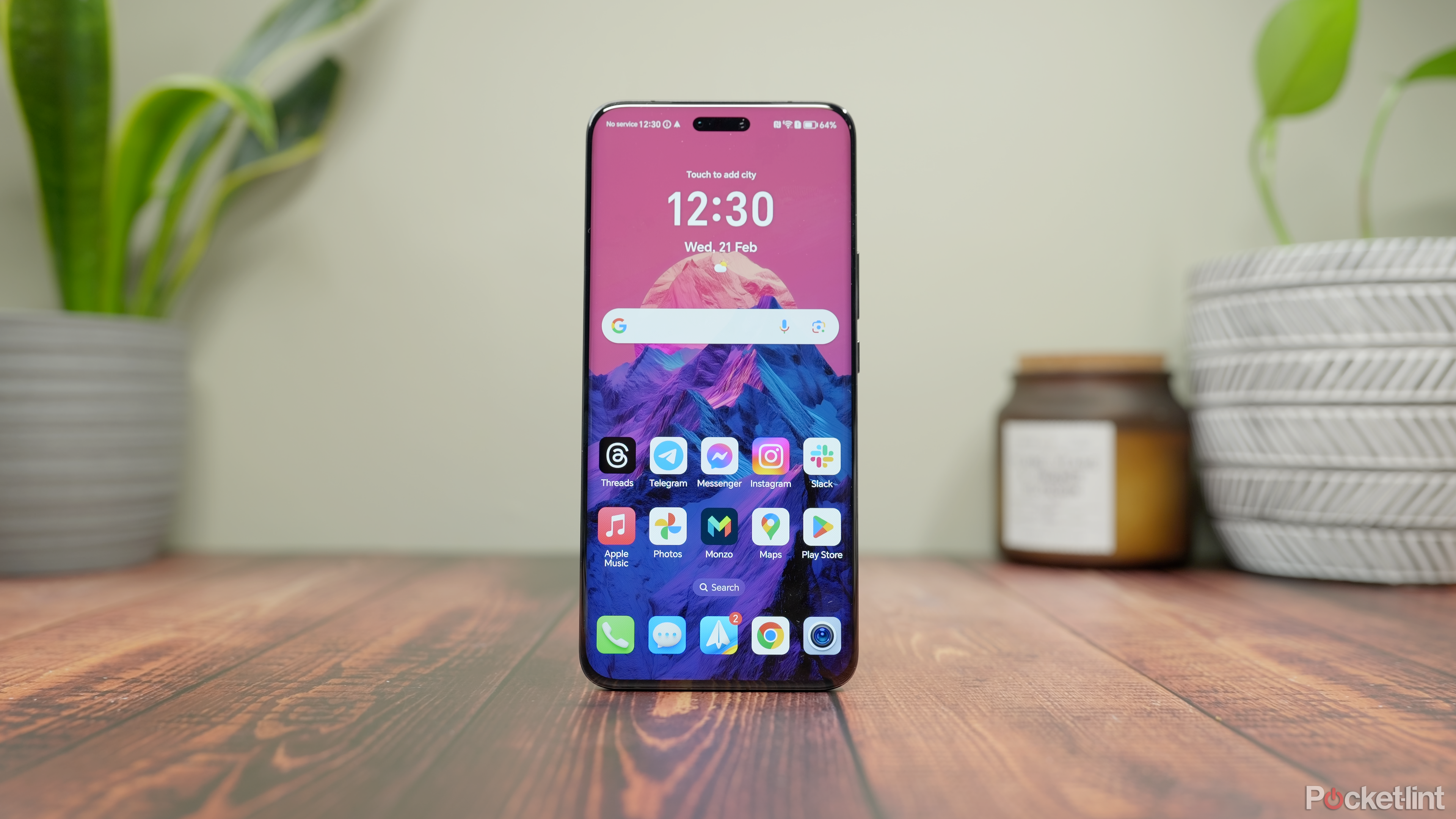 Performance and battery life
Performance and battery life
Fast and faster in the name of charging
This leads us nicely on to the performance of the phone which — unsurprisingly, given the chipset inside — is very good. The Snapdragon 8 Gen 3 which powers the Honor Magic 6 Pro is the flagship processor platform you’ll find inside nearly all the top Android flagships in 2024. It’s really fast, smart and efficient.
Playing the most demanding games — whether it be Genshin Impact or Call of Duty — wasn’t any trouble. It’d maintain high refresh rates and smooth gameplay for 20–30 minutes without struggling. So, if you’re more of a casual gamer than a serious gamer, where maintaining peak refresh rates for long periods matters, the Honor will be more than good enough.
Now, usually when there’s a phone with really quick charging support, you get the proprietary charger in the box. Not with the Honor phone. The manufacturer has hopped on the trend of reducing waste by not including it, so if you want those tasty 80W speeds, you’re going to need to fork out for it. If you do, you’ll get a full charge from empty in about 40 minutes.
Battery life is really strong too, so time spent plugged in to charge or on a wireless charging base is minimal. Like the OnePlus 12, I found with my own moderate to light usage, I could get two days from a full charge. This is with about 3 hours of screen time per day, usually split between YouTube, Threads, Instagram, Web Browsing and the odd casual game plus camera usage.
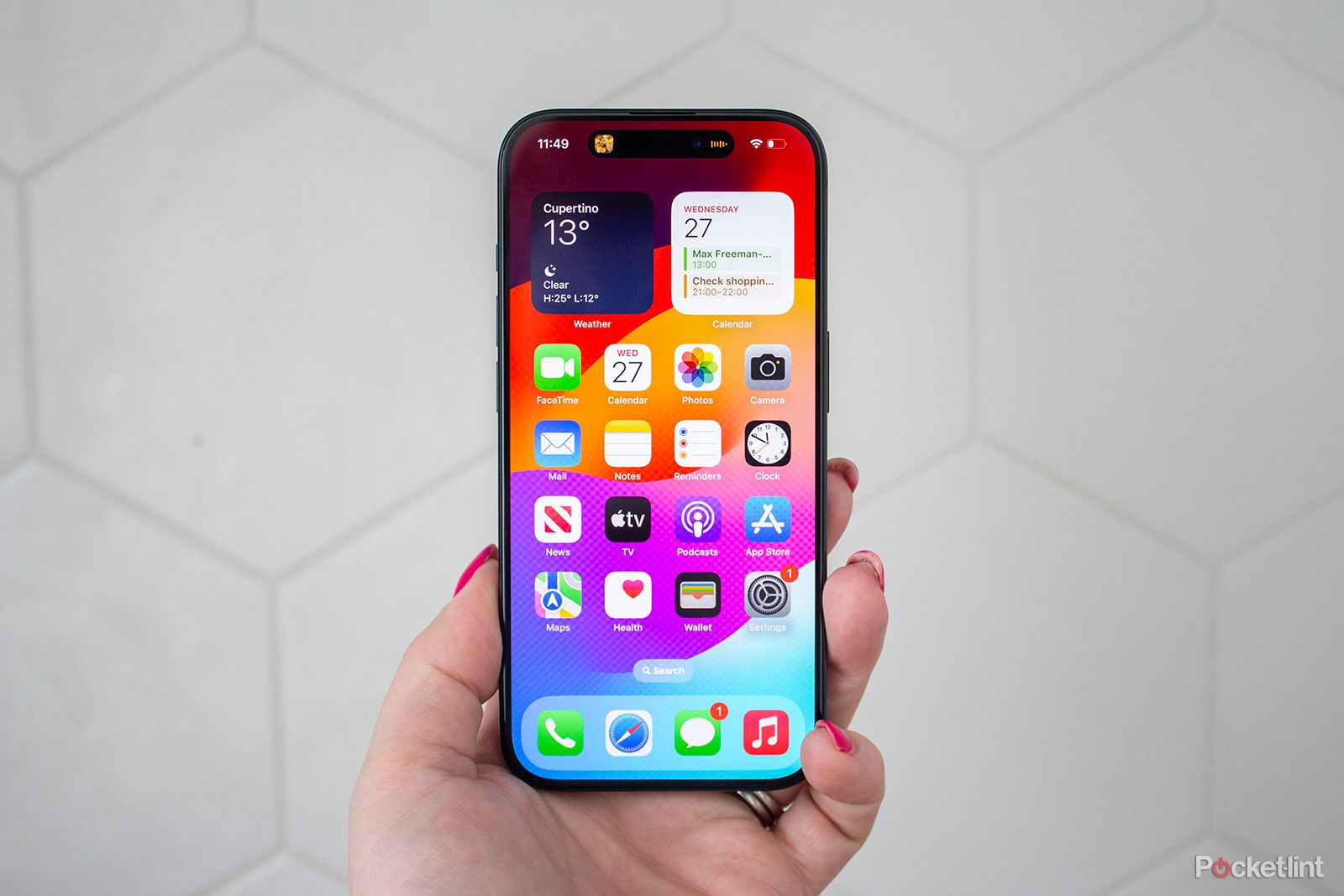
Here are our picks for the best phone.
We’ve seen a number of new phones launch lately, including the iPhone 15 series and Pixel 8 family. We tested these and more to find the best phone.
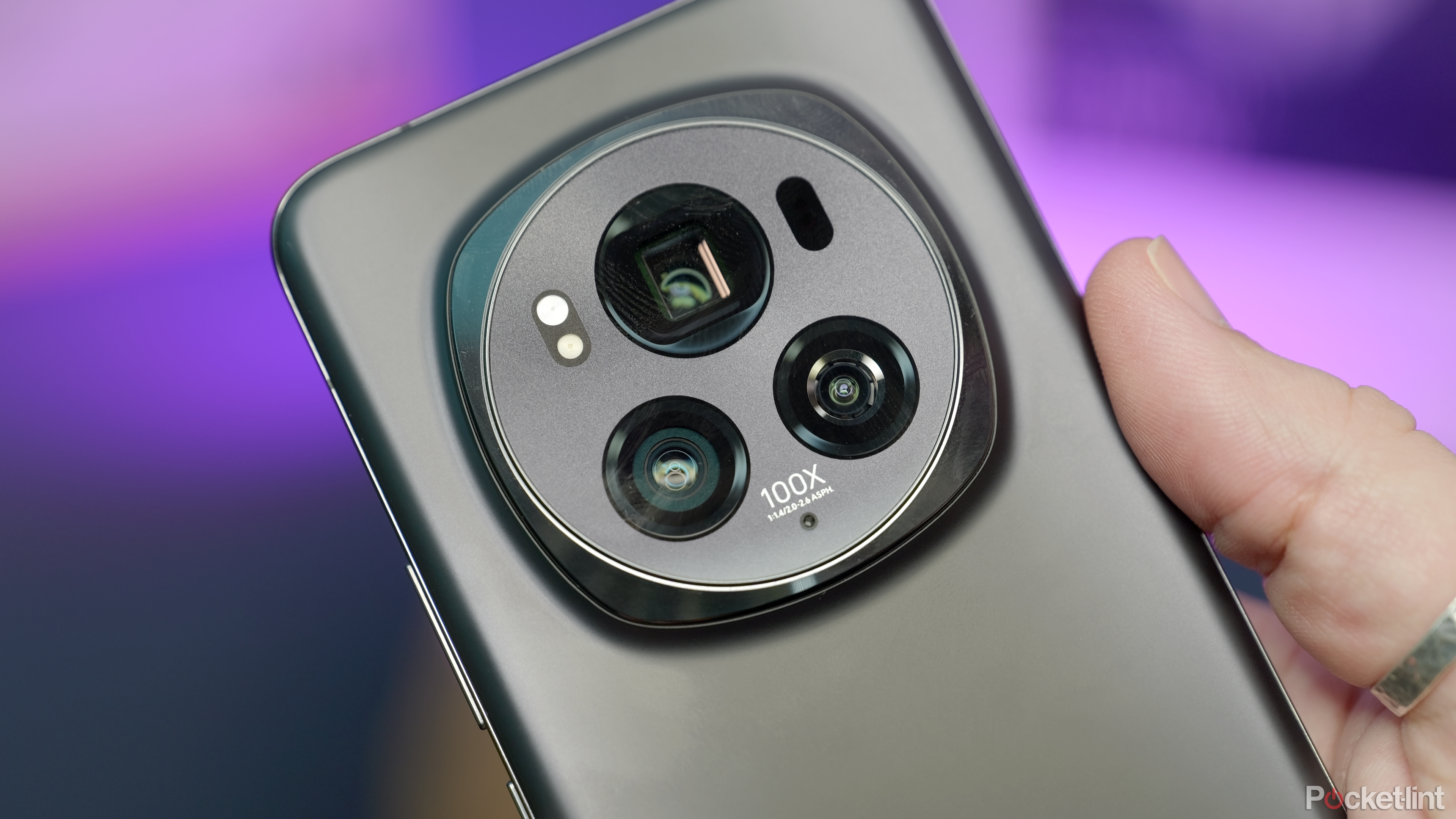 Multiple cameras to choose from
Multiple cameras to choose from
More than good enough
As is pretty much standard for any large premium phone now, the Magic 6 Pro has a primary, ultrawide and zoom camera. The zoom offers a 2.5x optical zoom, but can go further thanks to the use of a super pixel-dense sensor. It can go as far as 100x, but given my experience with it, I can’t imagine anyone wanting to do that.
Pushing the zoom any further than about 5x or 10x ends up with images that look more like a painting than a photograph. Details are smoothed out, or generated by the image processor, rather than being an authentic take on what is actually in the scene.
Still keeping it at the lower end of the zoom scale, around 2.5x and 5x, the camera copes well with shadows, highlights and color, controlling those better than Samsung’s S24 Ultra in some situations.
In fact, this was an effect I saw in a few different modes, to a much lesser extent, particularly when I was shooting with the ultrawide camera. Using that, I often found that details and textures in photos were smoothed out to create quite a weird artificial look, particularly in lower light situations like when using the dedicated Night Mode once the sun had set.
The end result looks like the sensor has picked up the scene, recognized colors and patterns, and then just colored in the bits it wasn’t able to figure out, rather than showing the real, natural textures. It was mostly the ultrawide camera that struggled with this effect, and for those shot in daylight it’s something you might not notice when looking at a small photo on your phone screen. But load it up on a larger monitor, or zoom in to the photo, and you’ll see it.
The primary camera is — without doubt — the strongest of the three. Its variable aperture kicks in when necessary, and the lens can produce close-up images with a nice, natural background blur to them. That’s much better than using a processor-powered portrait mode.
Images in general tend to have quite a saturated warm look to them, but the Honor does a great job with highlights and shadows in contrasting conditions. Highlights are tamed so that detail, color and texture are retained, and there’s some detail in the shadows too.
Blue skies look really, really blue sometimes, and the warm tones do make reds or anything close to red or warm look a bit too red. It’s similar to the iPhone in that regard, putting a golden, warm tone on everything. Compared to Samsung, which is harsher, over-sharpened and cool.
Video shows similar characteristics, but is also strong. It might not hit the peaks of resolution and frame rate you get on a Samsung phone, but with 4K up to 60fps, it is — again — more than good enough. Especially since most phones that push higher end up losing image quality and smoothness for the sake of higher pixel counts.
The primary camera is also impressive in low light situations. Using it at nighttime with the dedicated night mode, I was surprised how much light it could capture with just a second or two of exposure, showing stars clearly in the sky, without any motion blur. It’s pretty impressive and was better than Samsung’s flagship phones in this regard.
Verdict
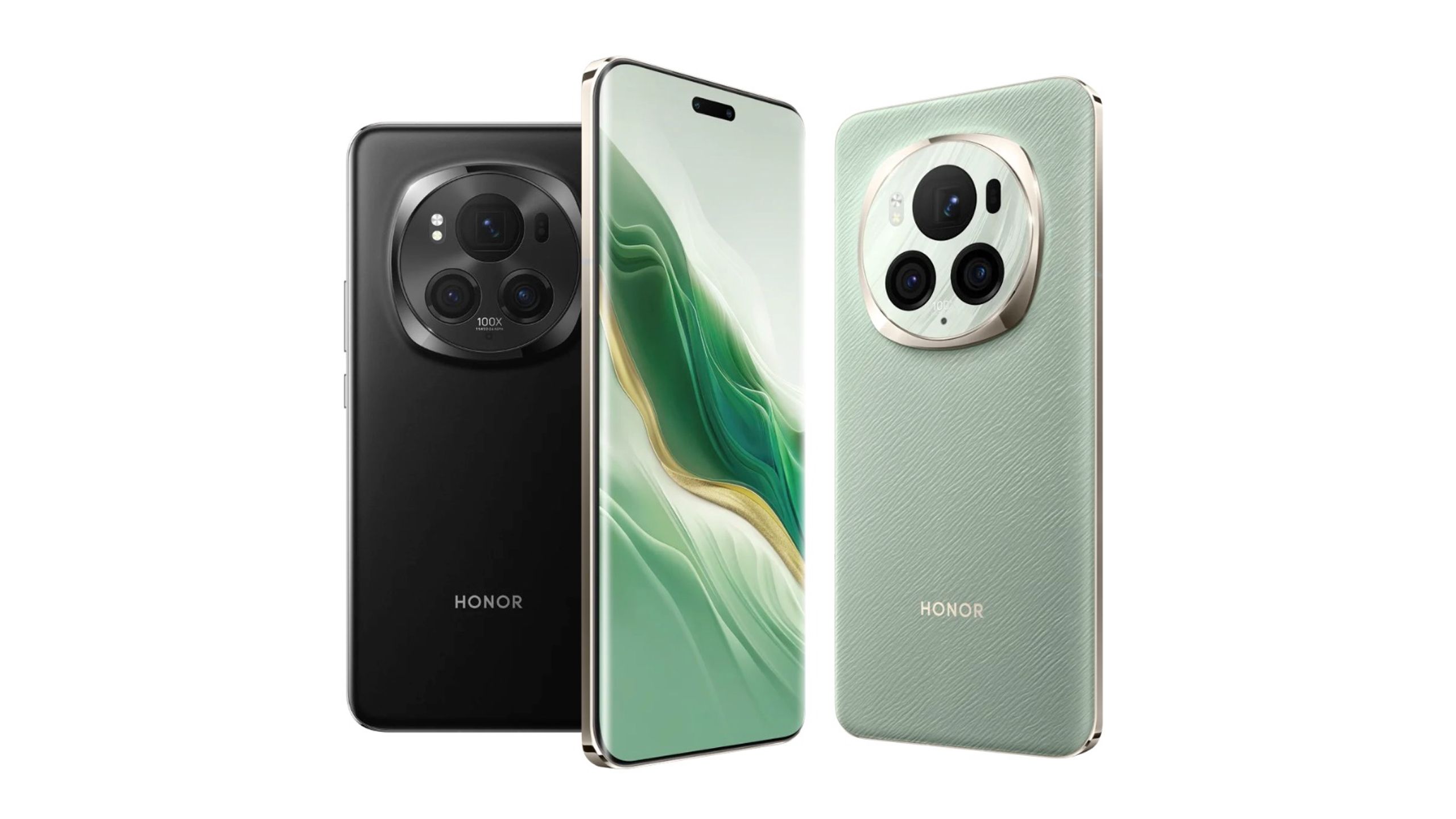
Honor Magic 6 Pro
Recommended
In the end, using Honor’s phone is a very different experience from using a lot of other Android devices. And that alone is a great reason for it to exist, and for you to give it a go. The shape and design individuality are one aspect of that.
MagicOS doesn’t feel like standard Android, acting like a weird mix between Android and iOS, but not necessarily in a bad way. But as well as this unique experience, you’re getting a strong triple camera system in a powerful phone with great battery life and a stunningly bright display.
Is it perfect? No, but it’s a fantastic change from the norm and one that — while expensive — isn’t as pricey as the S24 ultras and iPhone 15 Pro Max’s of the world.
Trending Products

